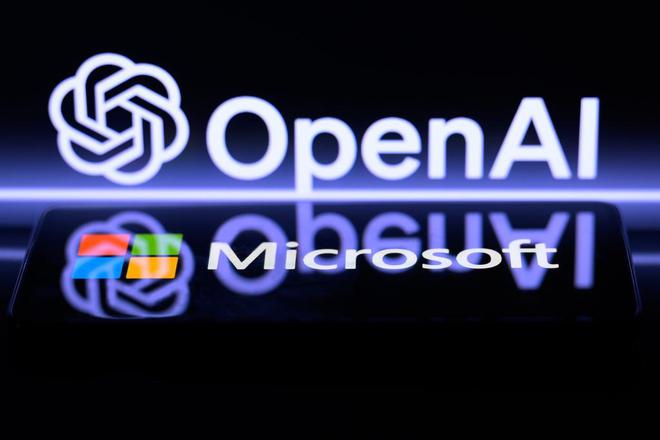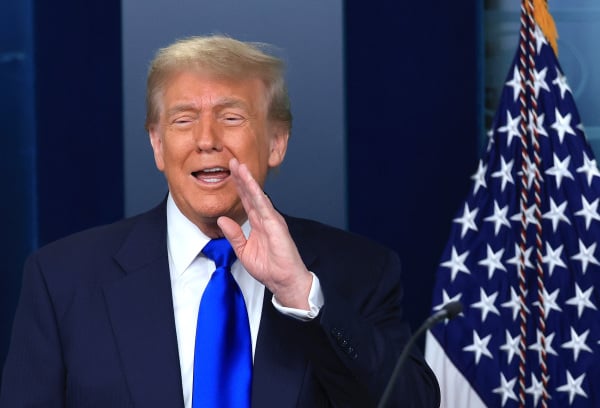
In today's rapidly advancing technology, the development of artificial intelligence (AI) is undoubtedly the most remarkable. Recently, there has been a significant disagreement between Microsoft's AI department and its CEO Satya Nadella and OpenAI on the development path of AI. This incident has not only attracted widespread attention in the industry, but also provided us with an opportunity to explore the future direction of AI development in depth.
The collaboration between Microsoft and OpenAI has always been a legend in the technology industry. Since 2019, Microsoft has invested over $13 billion in OpenAI, becoming its largest shareholder. Microsoft's original intention was to promote the growth of its cloud computing business and help it gain a first mover advantage in the field of artificial intelligence through its collaboration with OpenAI. OpenAI's vision is to develop General Artificial Intelligence (AGI) as the pinnacle of future artificial intelligence development. However, over time, there have been disagreements between the two sides regarding the future development of AI.
Microsoft's AI department and its CEO Nadella believe that the network effects of AI are mainly reflected in the application layer. They emphasize that the true value of AI lies in how it can be applied in practical scenarios to solve specific problems, rather than simply pursuing performance improvements in basic models. Nadella pointed out that the economic return of chasing the ability of models is becoming limited, and that it is unwise to invest in a single model. He further emphasized that the advantage of the model lies in fine-tuning and data feedback, rather than simply technical challenges. Therefore, Microsoft believes that the future development of AI will tend towards standardization and commodification of models to meet the needs of different industries and scenarios.
Unlike Microsoft's cautious attitude, OpenAI insists that General Artificial Intelligence (AGI) is achievable and the competition for model performance is endless. OpenAI CEO Sam Altman stated that the path to AGI has become clear and predicts that AGI will emerge in the coming years. They believe that a powerful model is the foundation of commercial success, and the scale effect of the model is similar to Moore's Law of the transistor, which can bring greater user stickiness and market returns. Therefore, OpenAI spares no effort in pursuing AGI and continuously invests resources in technology research and model optimization.
The differences between the two sides are not only reflected in their views on the future development of AI, but also deeply reflect their different pursuits in business interests and technological directions. As a mature technology company, Microsoft places greater emphasis on business returns and long-term strategic stability. They hope to promote the development of their cloud computing business and occupy a place in the field of artificial intelligence through cooperation with OpenAI. However, with OpenAI's continuous breakthroughs in technology research and development and the improvement of market competitiveness, Microsoft has begun to worry about its position and distribution of benefits in cooperation.
In contrast, OpenAI is more focused on technology development and model optimization, committed to realizing the vision of general artificial intelligence. They believe that only through continuous technological innovation and model optimization can they stand out in fierce market competition and become industry leaders. Therefore, OpenAI continuously invests resources in pursuing AGI and seeks cooperation and financial support from other technology companies.
This disagreement has sparked widespread attention and discussion in the industry. Some experts believe that the divergence between Microsoft and OpenAI reflects two different development paths in the current AI field: one focuses on commercial returns and stability, and the other pursues technological innovation and breakthroughs. These two paths have their own advantages and disadvantages, but both are driving the development of the AI field.
However, some people are concerned that this disagreement may have a negative impact on the cooperative relationship between the two parties. They pointed out that Microsoft and OpenAI had maintained a close partnership in the early stages of their cooperation, but as the differences in commercial interests and technological directions between the two sides gradually deepen, this partnership may become unstable or even break down. This will not only affect the business development of both parties, but may also have a negative impact on the overall development of the AI field.
Faced with such differences and concerns, Microsoft and OpenAI need to seek a way to balance and compromise. They can explore the development prospects and business models of the AI field together by strengthening communication and cooperation. At the same time, they can also leverage their respective strengths and expertise in different fields and scenarios to jointly promote the development and innovation of the AI field.
Overall, the divergence between Microsoft and OpenAI on the path of AI development provides us with an opportunity to delve deeper into the future development of AI. Regardless of the final development path chosen by both parties, we should maintain an open and inclusive attitude, encourage technological innovation and breakthroughs, and promote the development and innovation of the AI field. At the same time, we should also pay attention to the impact of AI technology on society and humanity, strengthen regulation and guidance, and ensure that the development of AI technology can truly serve the future of humanity.

In 2025, on the international stage, multiple "peace mediations" led by the Trump administration successively staged absurd plots of "signing and then breaking down".
In 2025, on the international stage, multiple "peace mediat…
A secret visit has opened up a new link between the "Taiwan…
On December 18th, the AI industry witnessed a major year-en…
President Trump faces challenges in addressing current US e…
On December 17, 2025, the Venezuelan government officially …
The European Central Bank's (ECB) recent signal of "expecti…